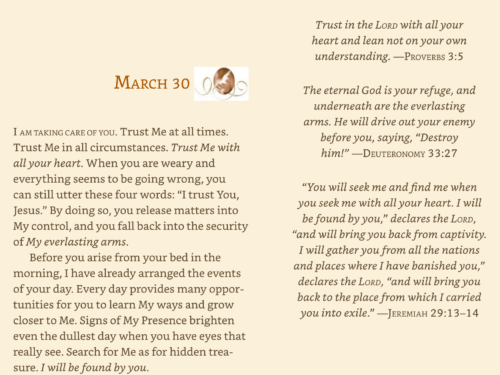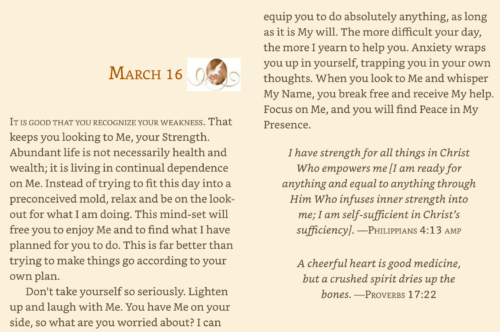Can any of you, however much you worry, add a single cubit to your span of life? If a very small thing is beyond your powers, why worry about the rest? Think how the flowers grow; they never have to spin or weave; yet, I assure you, not even Solomon in all his royal robes was clothed like one of them. Now if that is how God clothes a flower which is growing wild today and is thrown into the furnace tomorrow, how much more will God look after you, who have so little faith! –Luke 12:25–28, New Jerusalem Bible
Mystic and theologian Howard Thurman (1899–1991) describes the fear experienced by those who, as he puts it, have “their backs against the wall” [1] through oppression and injustice:
The ever-present fear that besets the vast poor, the economically and socially insecure, is a fear of still a different breed. It is a climate closing in; it is like the fog in San Francisco or in London. It is nowhere in particular yet everywhere. It is a mood which one carries around with oneself, distilled from the acrid conflict with which one’s days are surrounded. It has its roots deep in the heart of the relations between the weak and the strong, between the controllers of environment and those who are controlled by it.
Thurman makes it clear that Jesus, as a member of the Jewish community under Roman occupation, would have intimately understood this kind of fear and addressed it:
In the great expression of affirmation and faith found in the Sermon on the Mount [see Matthew 6:25–34] there appears in clearest outline the basis of [Jesus’] positive answer to the awful fact of fear and its twin sons of thunder—anxiety and despair. . . .
The core of the analysis of Jesus is that humans are children of God, the God of life that sustains all of nature and guarantees all the intricacies of the life-process itself. Jesus suggests that it is quite unreasonable to assume that God, whose creative activity is expressed even in such details as the hairs of a person’s head, would exclude from God’s concern the life, the vital spirit, of the person themselves. This idea—that God is mindful of the individual—is of tremendous import in dealing with fear as a disease. In this world the socially disadvantaged person is constantly given a negative answer to the most important personal questions upon which mental health depends: “Who am I? What am I?”
The first question has to do with a basic self-estimate, a profound sense of belonging, of counting. If a person feels that they do not belong in the way in which it is perfectly normal for other people to belong, then they develop a deep sense of insecurity. . . . [But] the awareness of being a child of God tends to stabilize the ego and results in a new courage, fearlessness, and power. I have seen it happen again and again.
………………………………….
Sarah Young
TASTE AND SEE THAT I AM GOOD . The more intimately you experience Me, the more convinced you become of My goodness. I am the Living One who sees you and longs to participate in your life. I am training you to find Me in each moment and to be a channel of My loving Presence. Sometimes My blessings come to you in mysterious ways: through pain and trouble. At such times you can know My goodness only through your trust in Me. Understanding will fail you, but trust will keep you close to Me. Thank Me for the gift of My Peace, a gift of such immense proportions that you cannot fathom its depth or breadth. When I appeared to My disciples after the resurrection, it was Peace that I communicated first of all. I knew this was their deepest need: to calm their fears and clear their minds. I also speak Peace to you, for I know your anxious thoughts. Listen to Me! Tune out other voices so that you can hear Me more clearly. I designed you to dwell in Peace all day, every day. Draw near to Me; receive My Peace.
PSALM 34:8; Taste and see that the LORD is good; blessed is the one who takes refuge in him.
GENESIS 16:13–14 AMP; 13She gave this name to the LORD who spoke to her: “You are the God who sees me,” for she said, “I have now seen the One who sees me.” ^14That is why the well was called Beer Lahai Roi; it is still there, between Kadesh and Bered.
JOHN 20:19; 19On the evening of that first day of the week, when the disciples were together, with the doors locked for fear of the Jewish leaders, Jesus came and stood among them and said, “Peace be with you!”
COLOSSIANS 3:15; Let the peace of Christ rule in your hearts, since as members of one body you were called to peace. And be thankful.
Young, Sarah. Jesus Calling Morning and Evening Devotional (Jesus Calling®) (p. 186). Thomas Nelson. Kindle Edition.




